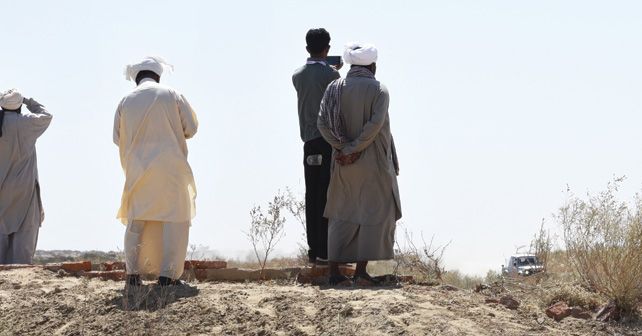
One of the best things about covering motorsport is discussing it with curious onlookers, and nowhere is this most prevalent than in rallying.
I have to confess, when I first started covering motorsport events a lot of it was done in a pretty aloof manner. I’d keep to myself and just think about how a feature or report would look on paper, and now, of course, there’s the web and social media to think about too. Aside from interacting with the people involved, there was very little communication with those who were genuinely interested in motor racing, enough to come and check out a race or a rally. This has changed over the ten years that I’ve been doing this to include direct communication with those who spectate at motorsport events. Never is this more apparent than at a rally, where one gets to see a wide range of people who are really curious about vehicles tearing through public roads and trails instead of those who get their hands on free passes and tickets.
Explaining the whole rationale behind motorsport – marketing, R&D and just plain fun – to everyone, from school kids to villagers, in remote desert areas is something that often feels a more productive way to spread the word than just writing about it. Inevitably, the question of prize money comes up too, which leads to the realization why many regular people would want to get involved in sports in the first place. There’s a reason why cricket has such a high level of participation.
One can do a lot more than just get by with salaries and match fees paid even to Ranji-level players. But this is where discussing motorsport with the layman gets interesting. I can truthfully tell them about how, in only the rarest of cases, you can expect someone else to foot all your bills and let you go hell for leather on a car or a bike that doesn’t belong to you.
At this year’s Desert Storm, I had a similar conversation with a tractor driver, pulling a water tanker, and a waiter who served in the hotel that was also the rally headquarters. The discussion even went into the realm of participation and how to get started, which made me even go into the nitty gritty of sanctioned events, which led to the inevitable discussion about expenditure. And not just financial expenditure but also of time, which arguably is the most valuable of all commodities.
Connecting with ordinary people like this is also a good way to get a reality check, not just about motorsport but also about auto-journalism in general. It’s a refreshing break from the various agendas people have when it comes to competing. Of course, little do those on the outside know that motorsport is not only fun and games and often not a fair competition. But then I see regular people fascinated by the sights of crazy people on two and four wheels going ‘full gas’ and full of curiosity as they see the vehicles get taken apart and serviced. At the end of the day, it’s good enough for the curious onlookers. People who get really invested will dig deeper themselves and find out the whole truth about this crazy sport.
Hopefully, I will bump into some of those people the next time I am getting baked in the desert or soaked in a forest, and we can go beyond just the basics. Until then, I hope more people get their curiosity piqued as well and look beyond just fleeting glances of fast cars and bikes. There’s a lot more to it than what appears on the surface.























Write your Comment